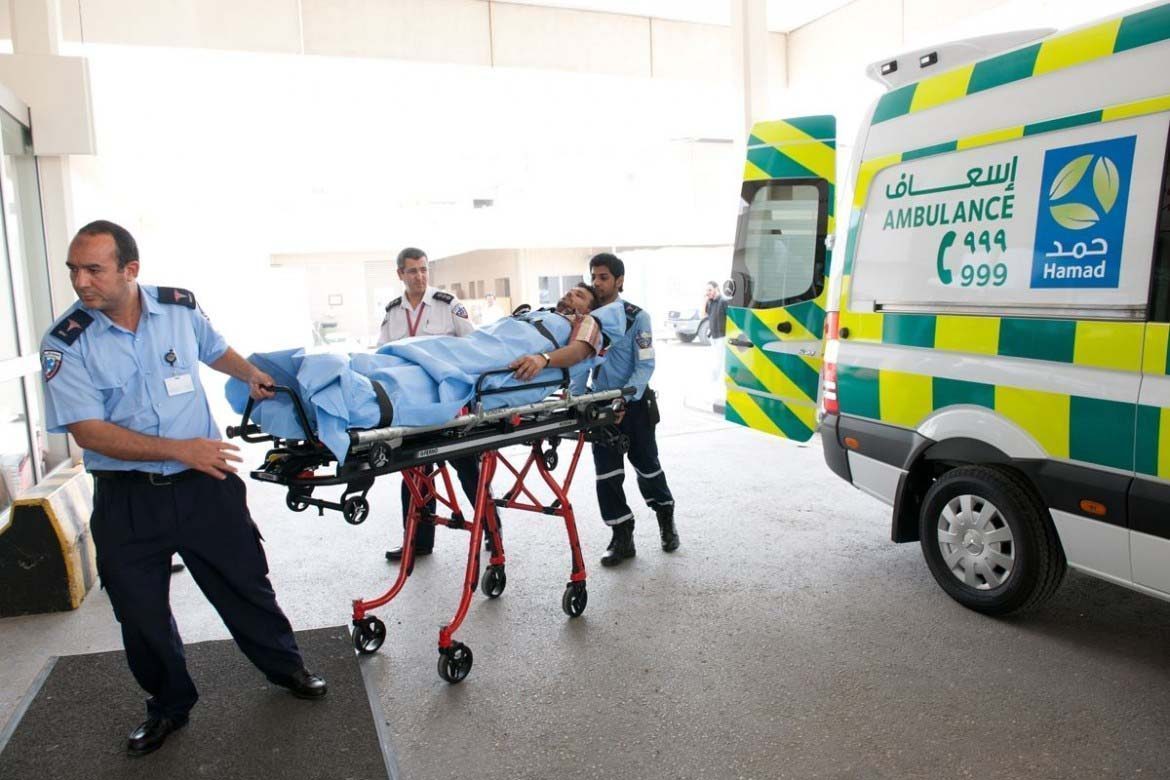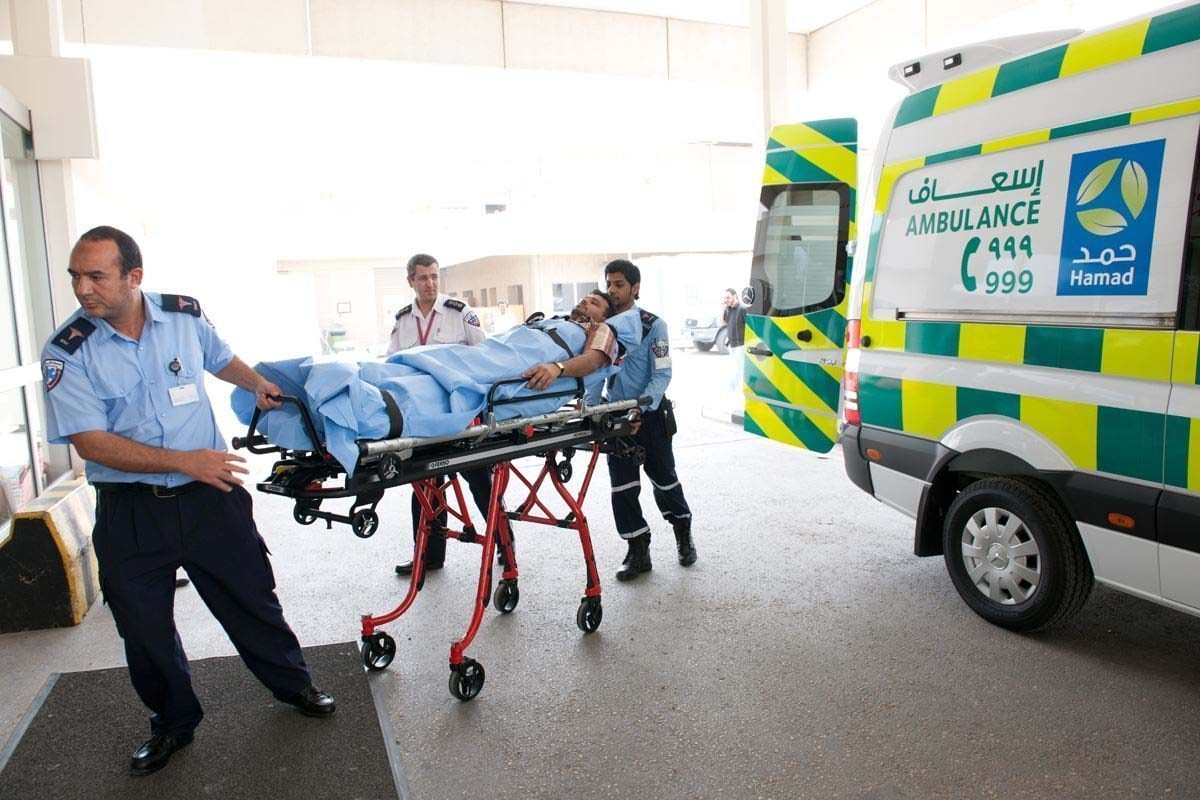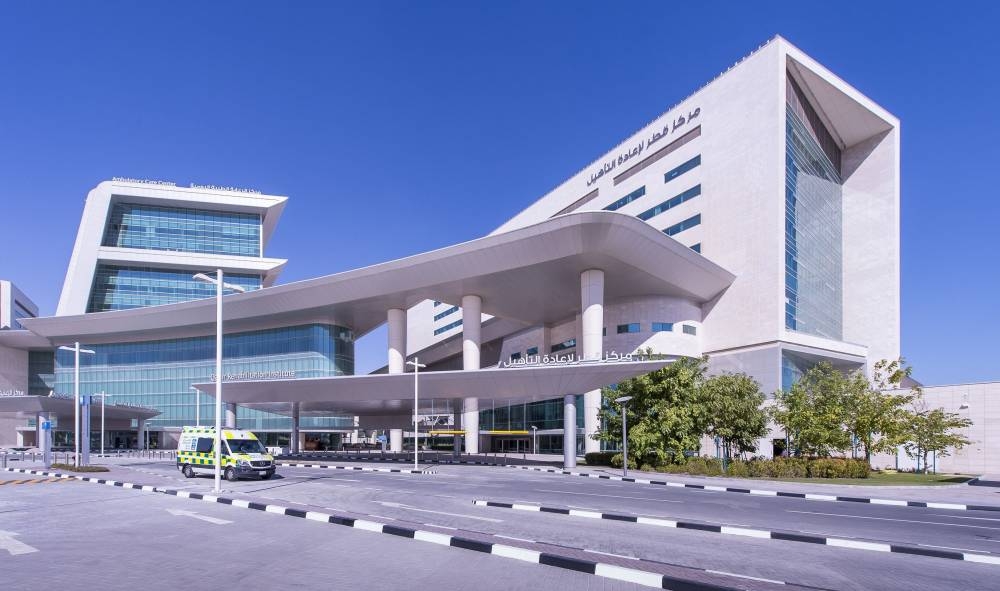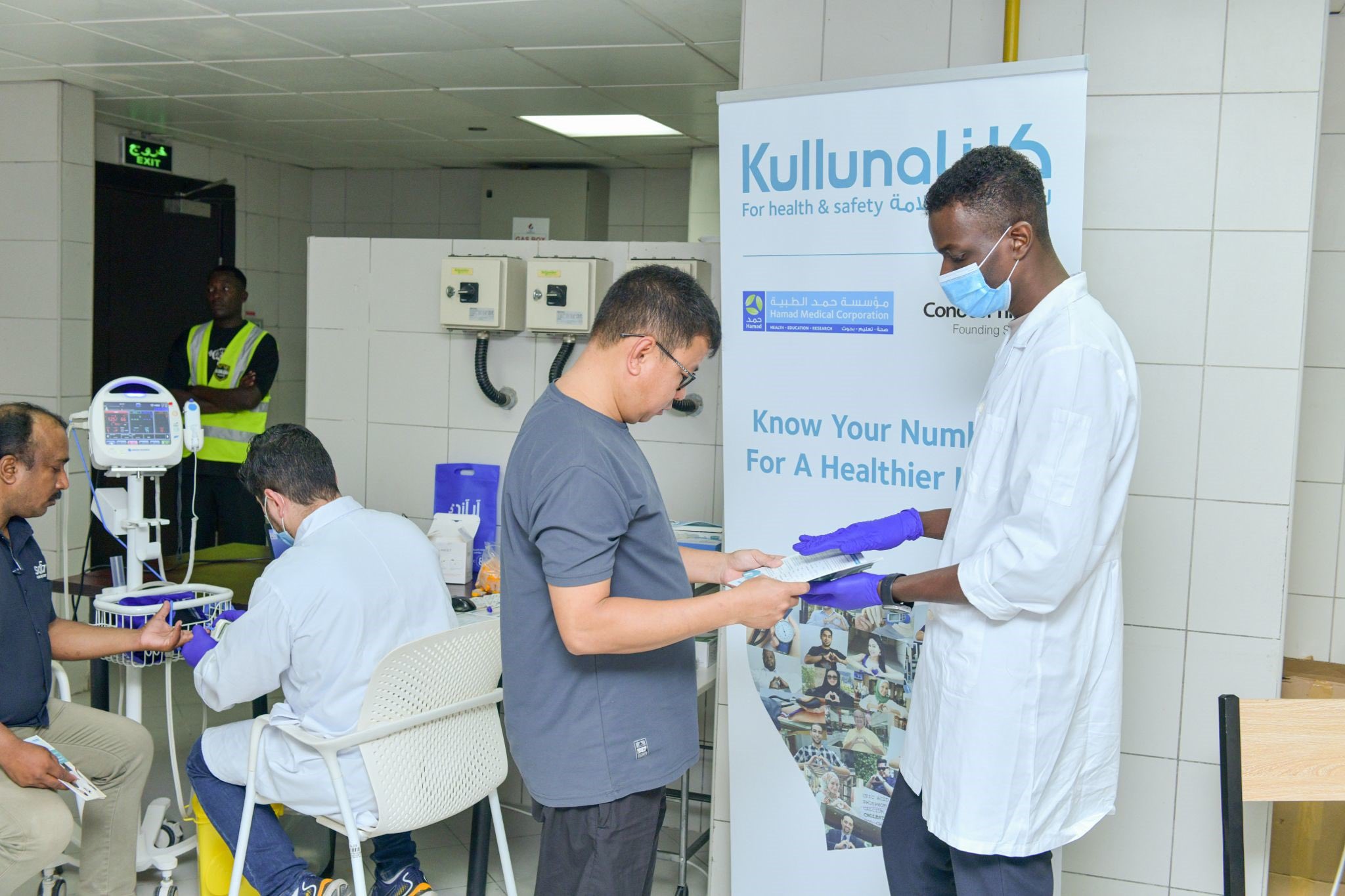
In a bid to expand Hamad General Hospital’s busy emergency department, officials have said two new units would be added to the hospital, and additional plans are under consideration to turn the section into the world’s largest ER.
The new sections will include a critical care nephrology unit, for patients suffering from serious kidney-related problems, and another general surgery unit, senior emergency department consultant Dr. Saad bin Suleiman bin Shojaa told local Arabic newspaper Al Watan.
Quoted in Qatar Tribune, Shojaa also said there were plans to establish a three-year fellowship program in emergency medicine that would be the first of its kind in the Middle East, and which would raise the standards of doctors’ expertise.
Hamad Medical Corp. was not immediately available for comment about these projects, and no information is yet available regarding expansion timelines.
Emergency crunch
Qatar’s ongoing population boom has put emergency services here under intense pressure. The ER in HGH is already one of the busiest in the region, receiving up to 2,000 patients a day, although as many as 80 percent of these are non-emergencies, Shojaa said.

Last month, HMC Emergency Department director Dr. Peter Cameron told members of Qatar’s Central Municipal Council that current facilities are struggling to cope with demand.
He said many workers used the ER for minor injuries or to receive treatment for chronic conditions such as hypertension or diabetes, and urged the construction of more clinics and GP-type surgeries to take the pressure off of the emergency department.
Meanwhile, the new nephrology unit should complement existing facilities at the Fahad Bin Jassim Kidney Center in Bin Omran, which opened in 2010 for patients with acute and chronic kidney ailments who had previously received dialysis at HGH.
Hamad Hospital also opened a dedicated pediatric kidney dialysis center last year.
More staff
One of the key issues facing any expansion of facilities in Qatar is the hiring of medical staff. More than two thirds of the nation’s doctors are recruited from overseas, and Cameron told CMC members that it can take up to a year to complete the process of bringing in a highly-trained emergency physician.

There have been moves locally to address the shortage of medical professionals.
Last week, Qatar University announced it was establishing a new College of Medicine, offering a six-year MD curriculum, with the first intake of students expected next fall.
Meanwhile, Weill Cornell Medical College in Qatar announced this week that it was restructuring its MD program. Previously, students took two years of pre-medical, classroom-based courses, before qualifying to move onto four years of medical training.
Now, the medical school has integrated the two sections of the program, meaning that students no longer need to apply to transfer to the medical section of the curriculum.
In a statement issued to students, Dean Prof. Javaid Sheikh said that the program was redesigned to “substantially reduce the stress experienced by the students.”
In response to questions from Doha News about the reasons behind the restructuring, Dr. Marco Ameduri, associate dean for pre-medical education at WCMC-Q, added in a statement:
“It will allow the students to fully focus on their professional and academic development, without having to face the anxiety that an additional, intermediate admission process always induces.
The new system also responds to the continuously evolving face of medical education, with a growing emphasis on student competencies and relevant, comprehensive pre-medical experience.”
Whether retention rates improve with the restructuring remain to be seen.
Marco declined to give a figure for the drop-out rate after year two when asked by Doha News, but added:
“The retention rate from the premedical to the medical program has already grown substantially. With the new six year program, it is our hope that student success will be maximized.”
Thoughts?







